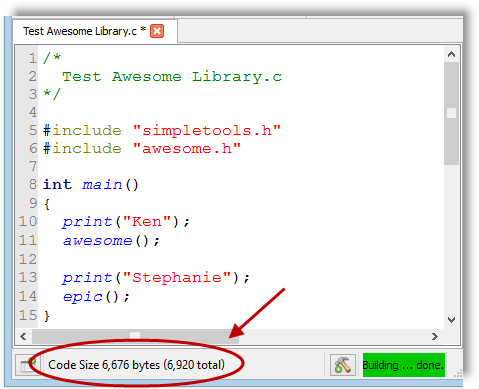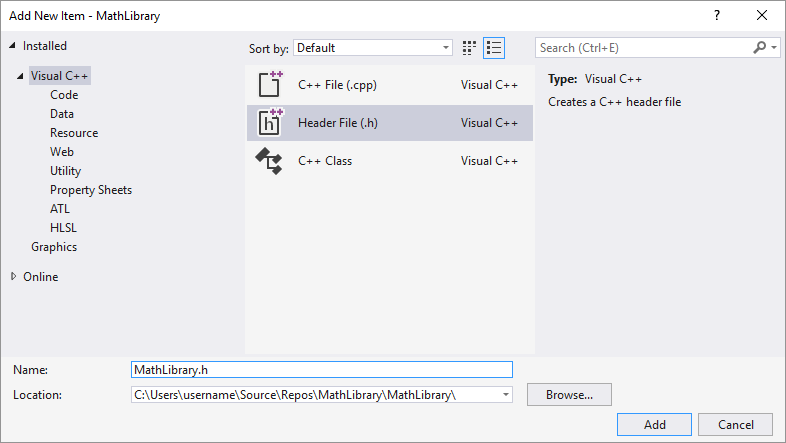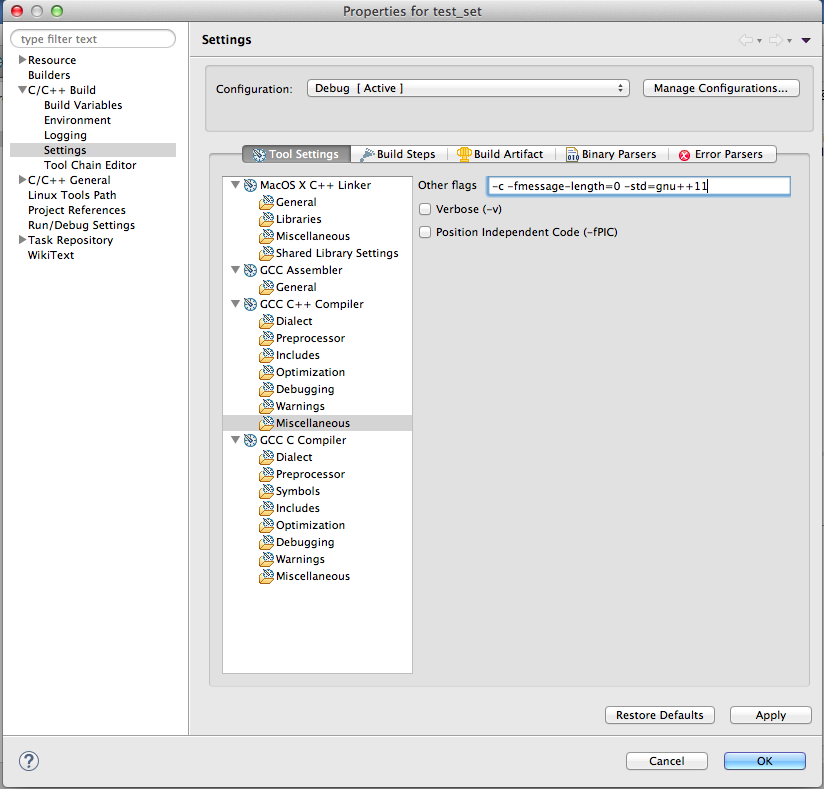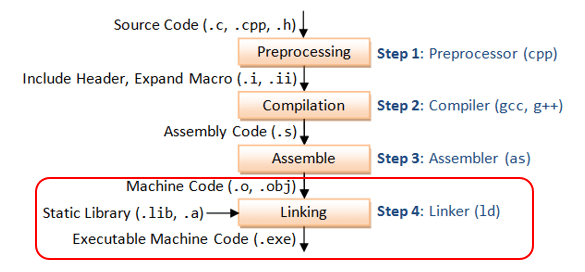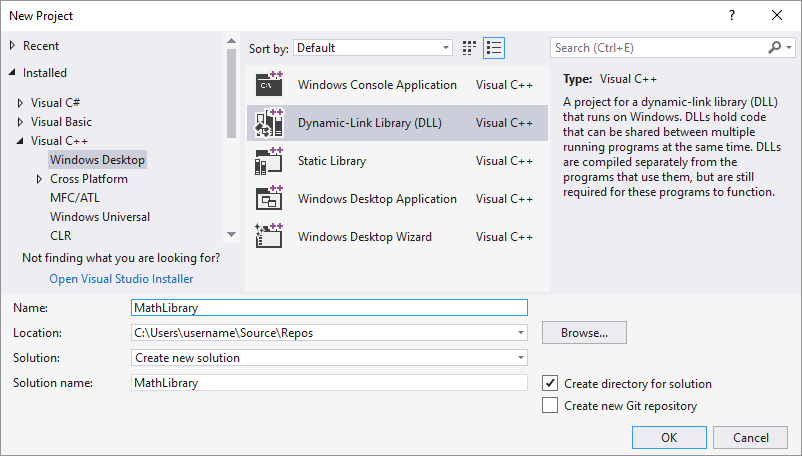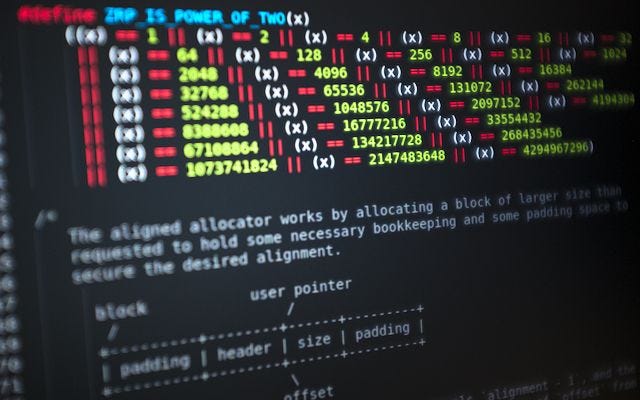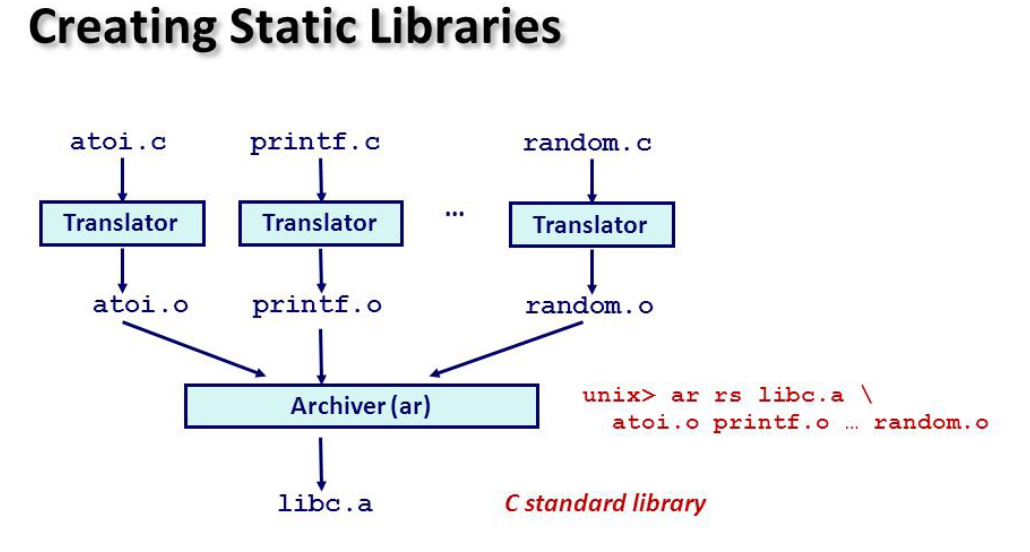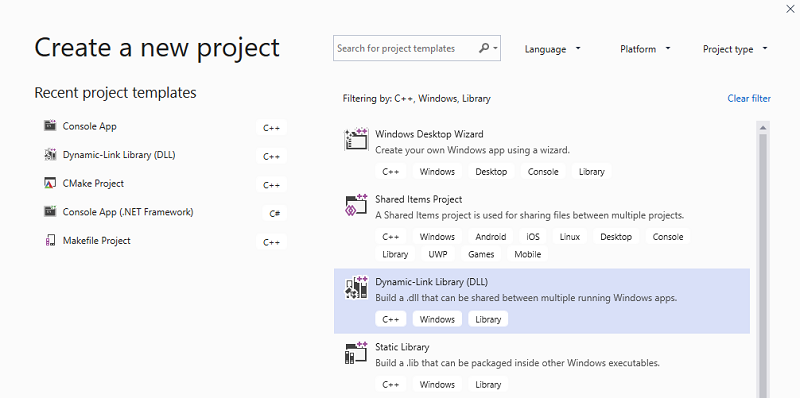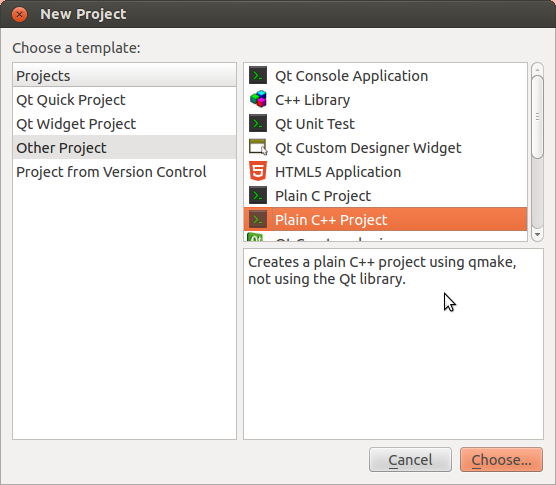Casual Info About How To Build A Library In C

From the filtered list of project types, select windows desktop wizard,.
How to build a library in c. From inside the new project directory, run the init task using the following command in a terminal: Create a c source file and compile it on the command line. How to create a library in c, executables can be created in two ways.
#include mywrapper.h #include <stdio.h> int main(int argc, char* argv[]) { struct myclass* c = newmyclass(); In the developer command prompt window, enter cd c:\ to change the current working directory to the root of. #ifndef main_lib_h #define main_lib_h #include file1.hpp #include file2.hpp #include file3.hpp.
Library project type and 1:. Mylib.a, left justified), followed by two lines that begin with a tab ( ar rc libmylib.a main.o addsorted.o freelinks.o, then ranlib libmylib.a ). After saving the changes to cmakelists.txt, request cmake to update the build environment for our shared library:
Mylib.h (2) create an implementation of your library: To create a library of code you need to do the following: You need a target (e.g.
They contain fully resolve library functions that physically link to the executable images during. After creating the c source files,. However, if you're in the habit of running your applications to trigger a build, keep in mind that a.lib file is.
In this article i want to go one step further and explain how to create a library that can be reused by multiple projects. Cmake_minimum_required(version 2.4.0) project(mycustomlib) # find source files file(glob sources src/*.cpp) # include header files include_directories(include) # create. Mylib.c (3) create a library object.
When prompted, select the 3: Simply all you'd have to do is create a.h or.hpp file that has. At the top of the dialog, set language to c++, set platform to windows, and set project type to library.
Building a library is the same as building an application through the build menu. Next, run the following two.


